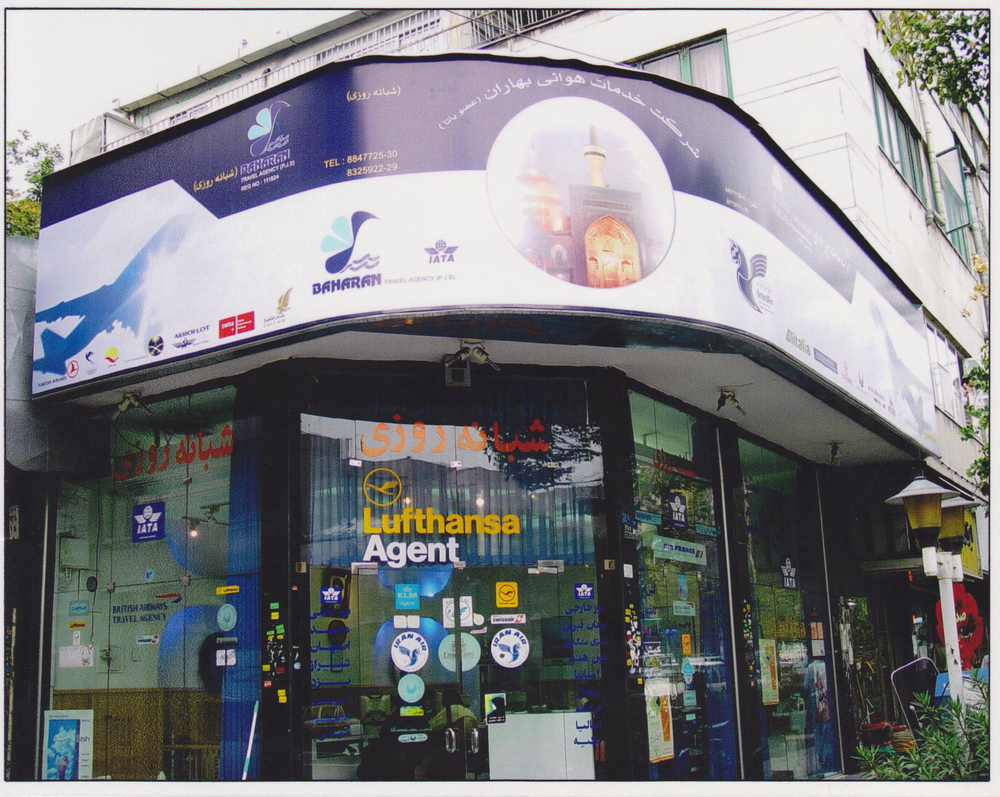The odd-even car commute scheme implemented by traffic regulations has been a major part of Iran’s efforts to curb air pollution levels in metropolises such as Tehran, but it has failed to deliver.
The scheme stipulates that private vehicles may be allowed to drive in the city on alternate days, based on the odd or even last digit of license plates. In Iran, the first weekday, i.e. Saturday, is earmarked for cars with the last even digit. Friday, being the weekend, is not included in the scheme.
The main reason this scheme has failed in Iran is due to the alarmingly large number of old, poorly-maintained vehicles that roam the streets, according to a report by the Persian news website TINN.
There are currently 2,000 minibuses over 10 years old plying the Tehran streets, whereas a majority of motorcycles in the Iranian capital have emission rates four times that of passenger vehicles.
The scheme has not been welcomed widely in developed countries. Last year, Parisian authorities tried the odd-even scheme but ended it 24 hours later, because residents of Paris were unwilling to cooperate and were more than happy to pay a fine to use their cars on an off-day. Nearly 4,000 fines of €22 were issued to drivers who flaunted the restriction.
Another problem with this method is that it is a short-term scheme, which can cause mass disruption and dissatisfaction.
“The impact on society and to vehicle operators is horrendous. Suddenly, tomorrow, you’re not allowed to move,” said Lucy Sadler, who runs the Low Emission Zones in Europe website, to The Guardian last year.
Low Emission Zones and Congestion Charge
Low emission zones are areas where the most polluting vehicles are regulated. Usually this means that vehicles with higher emissions cannot enter the area. In some low emission zones, the more polluting vehicles have to pay more if they enter the low emission zone.
Hundreds of LEZs now operate in Europe since Stockholm implemented the first in 1996 and are a more effective way of decreasing the contribution of traffic to air pollution.
LEZs and congestion charges, which encourage drivers to use public transport and shift to more efficient cars, are proven to reduce concentrations of dangerous particles and chemicals that cause more than 1.3 million premature deaths in cities every year, The Guardian reported.
According to Benjamin Barratt, air quality science lecturer at King’s College London, LEZs should be used alongside inner-city congestion charges, as they are in London.
“You have to take the vehicles off the road, rather than just try and make them cleaner. So something like congestion charging, where you’ve got a marked decrease in the number of vehicles on the road, is preferable to something where you’ve got the same number of vehicles, [even if] those are cleaner.”


